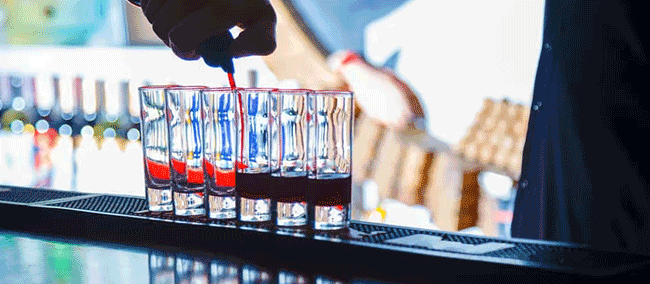
Alcoholism is a disease that can affect anyone regardless of age, gender, ethnicity, or body type. But, dependence on alcohol seems to vary from person to person. In some, it can develop quickly and aggressively, while in others, it may emerge over a longer period of time. What makes one more or less susceptible to alcohol is not fully understood. Yet, the reasons are credited to both environmental and biological factors, which are also implicated in epigenetic regulation.
In some individuals, the gratifying feeling given off by alcohol consumption strongly encourages the brain to pursue repeated drinking behavior, thereby increasing one’s vulnerability to alcoholism. So, what takes place within the brain to make this happen? And how much alcohol is too much for these individuals? To help answer this question, a group of researchers from the University of Illinois Chicago (UIC) conducted a study to examine the underlying epigenetic effects of low-dose alcohol intake on the brain.
It’s well-established that chronic alcohol consumption can lead to chemical changes in the brain. And drug or alcohol-induced alterations in gene expression have been linked to addiction. However, not much is known about how acute alcohol exposure can affect the brain and potentially lead to alcohol dependency.
In the UIC study, the researchers examined rats subjected to low concentrations of ethyl alcohol and observed their behaviors as they explored a maze. Afterward, brain tissue samples from the exposed animals were analyzed via RNA sequencing for gene expression patterns and then compared to a control group.
From the samples, the team identified a specific gene, Hif3a, that was connected to changes in the brain after drinking alcohol and behaviors indicating anxiety. Specifically, they saw that alcohol exposure, even a small amount, increased Hif3a expression and decreased anxiety.
“We saw that low doses, what we consider social drinking, changes the gene expression in the amygdala, a brain region that regulates anxiety,” said senior author Subhash Pandey, director of the UIC Center for Research in Alcohol Epigenetics. “In other words, it creates an epigenetic pathway for addiction.”
The researchers also validated their findings by blocking the Hif3a gene in the amygdala of rats given and not given alcohol. When the gene was blocked, it provoked anxiety-like behavior in the control group, similar to what occurs in chronic alcohol use withdrawal. On the contrary, the inhibition of Hif3a also prevented the anti-anxiety effects of alcohol.
According to the study, small amounts of alcohol were able “to induce a predominantly ‘open’ chromatin structure in the amygdala, thereby facilitating DNA-protein interactions and altering the transcriptome.”
While the study did not indicate what amount of alcohol is safe for rodents, it did point out that low doses of alcohol can create a priming effect for addiction. Therefore, people who drink, even socially, may be at risk for addiction – something Pandey and his colleagues believe should be the major lesson learned here.
“Alcohol use disorder is complex and challenging to overcome,” said Pandey. “The information we learned from this study helps us to understand better what is happening in the brain and, one day, may be leveraged to develop better treatments and pharmaceuticals.”
Source: Harish R. Krishnan, et al. Unraveling the epigenomic and transcriptomic interplay during alcohol-induced anxiolysis. Psychiatry, September 2022.
Reference: How many drinks is too many? The University of Illinois Chicago. September 12, 2022.

